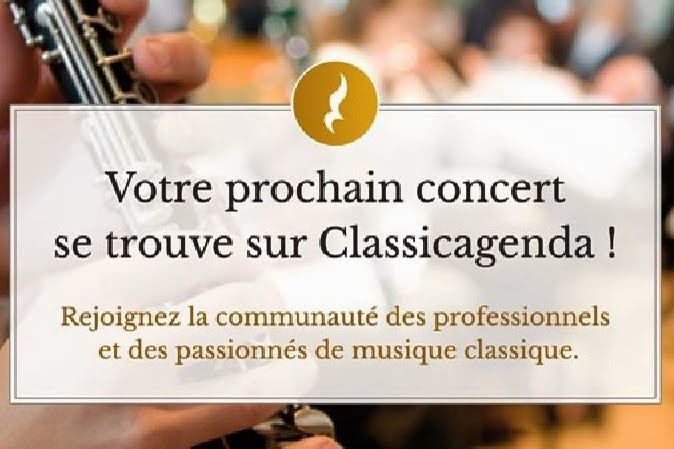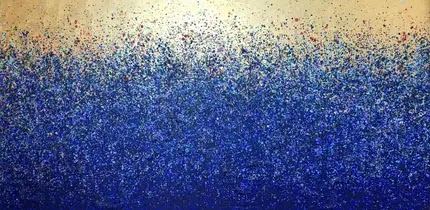A closer
look at my new environment (well, actually already one year has passed since I
moved) made me think about all the references to the United States of America located around me - names of streets and squares, copy of the Liberty Flame, the American
Cathedral, statues…
The “Place
des Etats-Unis” (where the park part of the square actually is named after Thomas Jefferson) offers a number of statues, including this one by the Statue-of-Liberty
creator, Frédéric Bartholdi (1834-1904), which represents George Washington and
the Marquis de Lafayette (statue copied in Morningside Park in N.Y.C.). Referring
to Bartholdi, it could be mentioned that a model of the future
Statue-of-Liberty was placed at this square for a short period, as a
fund-raising tool to support the creation and financing of the “real one” (see previous posts
about the Liberty-statue e.g. here and here).
The other
statues here include a Memorial to the American Volunteers, WW I, a bust of an American
dentist, Horace Wells (1815-48), a pioneer in the use of anesthesia, and also
a bust of Myron T. Herrick (1854-1929), who was the US ambassador twice
(1912-14 and 1921-29).
Talking
about the US Embassy… it was actually to be found here for a short period, 1881
- 1913, first at no. 3 and later at no. 16. Between 1913 and 1933 you could then
find the Embassy in the same area, rue de Chaillot. (Now, it’s of course close
to the Place de la Concorde.) Also talking about the American Embassy … The "Place des
Etats-Unis" was previously named "Place de Bitche"… Bitche is actually the name of
a French city, but for obvious reasons the name had to be changed.
There are
some remarkable buildings around the square, some embassies… previous occupants
include the Egyptian King Fuad I, the daughter of Czar Alexander II, Ida
Rubinstein, the Viscountess Marie-Laure de Noailles (great sponsor of artists),
Woodrow Wilson, Akram Ojjeh… I think it’s better not to know (or tell) who are
some of today’s occupants.
One of the
buildings is now occupied by Baccarat, the fine crystal maker. There is a
museum, a showroom, a restaurant…
Close to the Place des Etats-Unis we find a much more modest square, named after Count de Rochambeau
(1725-1807), who was a major actor during the American Revolution,
commander-in-chief of the French Expeditionary Force which helped to fight
against the British forces. His statue, by Fernand Hamar (1869-1943) has been
copied in Newport (Rhode Island) and in the Lafayette Park in Washington D.C..
Washington…
yes George of course, is also to be found in the centre of Place d’Iéna –
see also top picture. The sculptor is Daniel Chester French (1850-1931), maybe
especially known for the Abraham Lincoln statue at the Lincoln Memorial,
Washington D.C.. (Normally, the French flag should not be there.)
Well, the other American references in this
little area are the American Cathedral, on which I wrote here, and the copy of
the Flame of Liberty, a gift in 1989 by the American people after a collect
organised by International Herald Tribune, see a post here.








































































